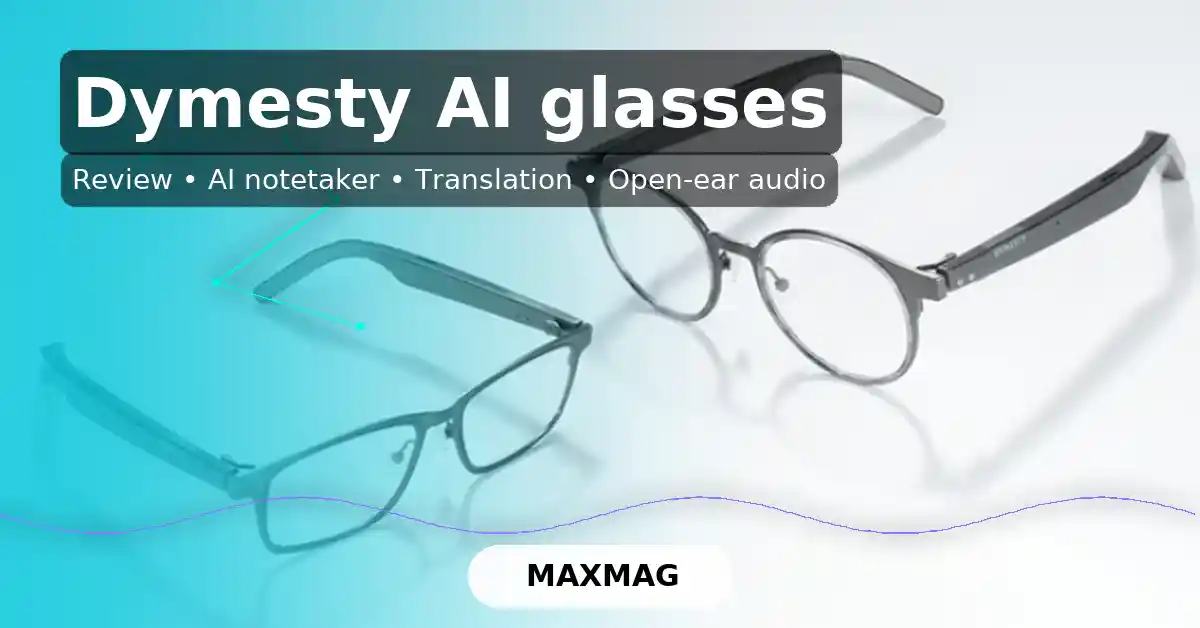
As the world embraces renewable energy and smart design, the humble beach umbrella is getting a revolutionary upgrade. Imagine lounging on the shore while your devices stay fully charged, thanks to a clean energy source hovering just above your head. This isn’t a distant future—it’s happening now. A new generation of solar-powered beach umbrellas is transforming seaside relaxation into a greener, more convenient experience.
A prototype developed in Greece recently made headlines: a beach umbrella equipped with photovoltaic panels, designed not only to offer shade but to power mobile devices, coolers, fans, and even mini-fridges. This innovation blends eco-conscious design with practical summer comfort. In this article, we explore how the solar-powered beach umbrella could redefine coastal tourism and set the tone for sustainable leisure.
H2: Solar-Powered Beach Umbrella – A New Standard in Coastal Tech
The solar-powered beach umbrella is a fusion of traditional comfort and modern energy efficiency. Using high-efficiency photovoltaic panels mounted on the canopy, this system captures sunlight and converts it into usable electricity. This power can be distributed via USB or wireless charging ports, creating an eco-friendly power station—right on the sand.
One of the biggest challenges on hot beach days is the limited access to electricity. Smartphones drain quickly from heavy use, coolers warm up, and people often scramble for a café table just to recharge. The solar-powered beach umbrella solves this problem by transforming passive sun exposure into a dynamic energy resource.
But this isn’t just about charging phones. Developers are designing systems that include:
-
Fan-assisted ventilation under the canopy
-
Cooling mini-fridges integrated in the base
-
Bluetooth speakers powered by solar cells
-
LED lighting for evening use
According to a 2024 Engadget review on solar outdoor accessories (source), consumers are increasingly drawn to hybrid products that serve multiple functions. This is exactly where the solar-powered beach umbrella excels.
How the Technology Works
These umbrellas use lightweight, flexible photovoltaic panels, often made of monocrystalline silicon or advanced polymers. The panels are sewn or mounted onto the umbrella’s surface at an angle optimal for sunlight exposure. Wiring runs through the umbrella’s pole to a battery pack, typically stored at the base. From there, devices can connect via standard charging ports or wireless pads.
Energy output varies depending on panel size and efficiency, but most commercial prototypes can store enough energy to power:
-
3–4 smartphones for a full day
-
A small cooler for 5–6 hours
-
A fan or small USB appliance
-
Portable speakers for music streaming
The most promising designs are modular, allowing umbrella owners to detach and upgrade battery packs or switch out panels for newer models.
A Greek Innovation with Global Implications
The latest buzz around this technology comes from a research team at the International Hellenic University. Their prototype umbrella was tested on popular Greek beaches during the 2023 summer season. Its positive reception among beachgoers sparked interest from international developers and eco-tourism operators.
Greece, with its long hours of sunshine and booming coastal tourism, offers the perfect testbed for solar technology. However, the impact of the solar-powered beach umbrella could be global. From California to Thailand, sun-rich regions have already begun exploring beach tech upgrades that improve visitor experience while reducing strain on local infrastructure.
In the U.S., tourism experts from the National Renewable Energy Laboratory (NREL) have studied the integration of solar innovations in outdoor hospitality. Their 2022 report suggests that smart solar infrastructure—including umbrellas, benches, and kiosks—could reduce municipal energy costs by up to 15% in high-traffic beach zones (source).
Environmental Impact and Sustainability
While portable solar panels are not new, integrating them into recreational furniture brings exciting environmental benefits. Standard beach umbrellas are often manufactured from synthetic materials and eventually end up in landfills after heavy use. Solar umbrellas are built with greater durability, often using aluminum and weather-resistant materials to support the solar infrastructure.
Moreover, by enabling self-sufficiency for small appliances, solar umbrellas reduce reliance on diesel-powered beach generators, common in many underdeveloped or off-grid coastal resorts. This reduction in carbon footprint contributes to the broader effort to make tourism more sustainable.
Even a small umbrella generating 50–100 watts over the course of a sunny day can reduce grid dependence and avoid the emission of dozens of kilograms of CO₂ each season. That adds up quickly across hundreds of beaches.
Commercial Applications and Tourism Potential
Hotels, beach clubs, and public beach operators are now exploring ways to adopt this technology on a larger scale. For example:
-
Resorts can offer premium umbrella rentals with power access
-
Municipalities can reduce grid load by deploying smart umbrellas at public beaches
-
Vendors can offer food and drink delivery through connected umbrella apps
-
Digital nomads can work on the beach with power-ready shade structures
The solar-powered beach umbrella is also proving popular at music festivals, pool parties, and even backyard patios. Its portability and zero-emissions footprint make it ideal for temporary events that require infrastructure without the mess.
Retailers like REI and Solaris Outdoor have expressed interest in developing a consumer-grade version for sale by 2025, according to recent reports from Business Insider (source).
Design Challenges and Future Improvements
Despite its promise, the solar-powered beach umbrella is still a work in progress. Challenges include:
-
Weight: Batteries add heft, limiting portability
-
Cost: Prototypes can cost 2–3 times more than standard umbrellas
-
Maintenance: Exposure to salt, wind, and sand requires waterproofing and anti-corrosion design
-
Energy Storage: Limited battery capacity means power is best used in real time or stored efficiently
To address these, researchers are working on lighter lithium-ion packs, corrosion-resistant materials, and panel coatings that enhance UV absorption. As mass production ramps up, prices are expected to drop significantly within 2–3 years.
In addition, advances in IoT (Internet of Things) connectivity are already being tested. Imagine umbrellas that can sync with a resort’s digital platform to alert staff when a guest needs service, or automatically adjust their tilt to maximize sun exposure throughout the day.
A Step Toward Smart Beaches
The solar-powered beach umbrella is part of a broader movement toward smart, sustainable leisure. Alongside solar benches, charging docks, and eco-friendly building materials, it exemplifies how green tech is reshaping the way we relax, travel, and live.
As municipalities look to upgrade their coastal infrastructure, tools like this will become essential. Smart beaches of the future won’t just offer sunbeds and cold drinks—they’ll be connected, energy-efficient, and tailored to both comfort and conservation.
In that sense, the solar-powered beach umbrella is not just a gadget—it’s a symbol of how small design changes can have wide-reaching impacts on our relationship with nature.
❓ FAQ: Solar-Powered Beach Umbrella
Q: What is a solar-powered beach umbrella?
A: It’s a beach umbrella fitted with solar panels that generate electricity to power USB ports, mini-fridges, fans, and other small devices.
Q: How much power can it generate?
A: Depending on the design, it can produce 50–100 watts—enough to charge multiple devices and run low-energy appliances.
Q: Is it waterproof and safe for beach use?
A: Yes. Most models are made with weatherproof materials and coated solar panels suitable for sand, salt, and moisture.
Q: Can I buy one now?
A: Some limited models exist, but consumer-grade versions are expected to be widely available by 2025.
Q: Is it useful for anything beyond the beach?
A: Absolutely. These umbrellas are also ideal for festivals, parks, patios, and off-grid outdoor workspaces.





